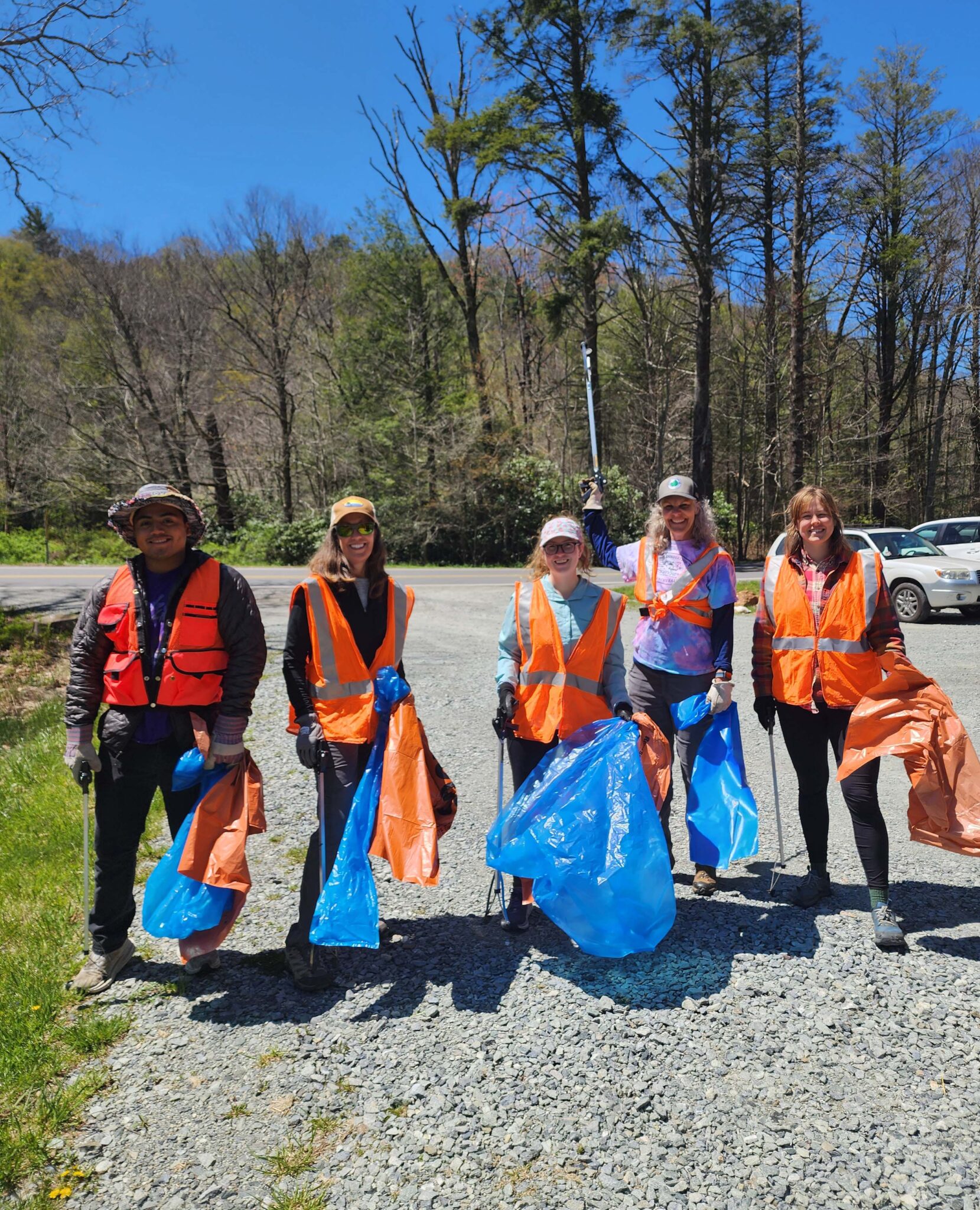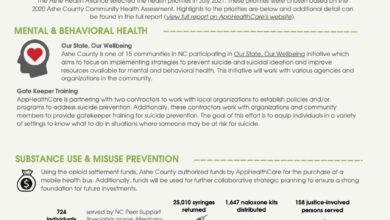Last Updated on March 5, 2019 5:31 pm
BOONE, N.C. — Lurking among the many bat species that make the Blue Ridge Parkway area their home — the eastern red bat, the big brown bat and the silver-haired bat, to name a few — is a silent killer known as white-nose syndrome (WNS).
Dr. Mark Spond, Appalachian State University’s liaison to the National Park Service (NPS), was awarded $8,098 in NPS funding to conduct a noncontact survey — specifically, an acoustic survey — of bats in the Blue Ridge Parkway area in fall 2018. An acoustic survey involves monitoring bat activity by listening to and/or recording the ultrasound — sound with a wave frequency higher than the human ear can detect — the bats produce.
The survey data, which is under evaluation by the NPS, contributes to the knowledge base for the distribution and extent of WNS in the southern Appalachian Mountains.
“In addition, the study assists Blue Ridge Parkway staff in identifying any rare bat species that may inhabit the parkway corridor,” Spond said.
According to NPS, WNS is a fungal disease killing hibernating bats in North America, and the particular fungus that causes the disease, Pseudogymnoascus destructans, is likely exotic, having been introduced to North America from Europe.
“Researchers call the disease ‘white-nose syndrome’ (WNS) because of the visible white fungal growth on infected bats’ muzzles and wings. This cold-loving fungus infects bats during hibernation, when the bats reduce their metabolic rate and lower their body temperature to save energy over winter,” the NPS website states.
“What started in New York in 2006 has spread to more than half of the United States and five Canadian provinces by August 2016, leaving millions of dead bats in its path. WNS causes high death rates and fast population declines in the species affected by it, and scientists predict some regional extinction of bat species.”
Spond said, “Enhanced knowledge of resident bat species, and potential threats to their survival, is critical for the development of management strategies designed to promote species richness and persistence on the (Blue Ridge) parkway.”
For the project, Spond collaborated with Mackenzie Clark ’18, an Appalachian alumna who holds a B.S. in biology. Clark was a research technician in the university’s College of Arts and Sciences last fall.
















